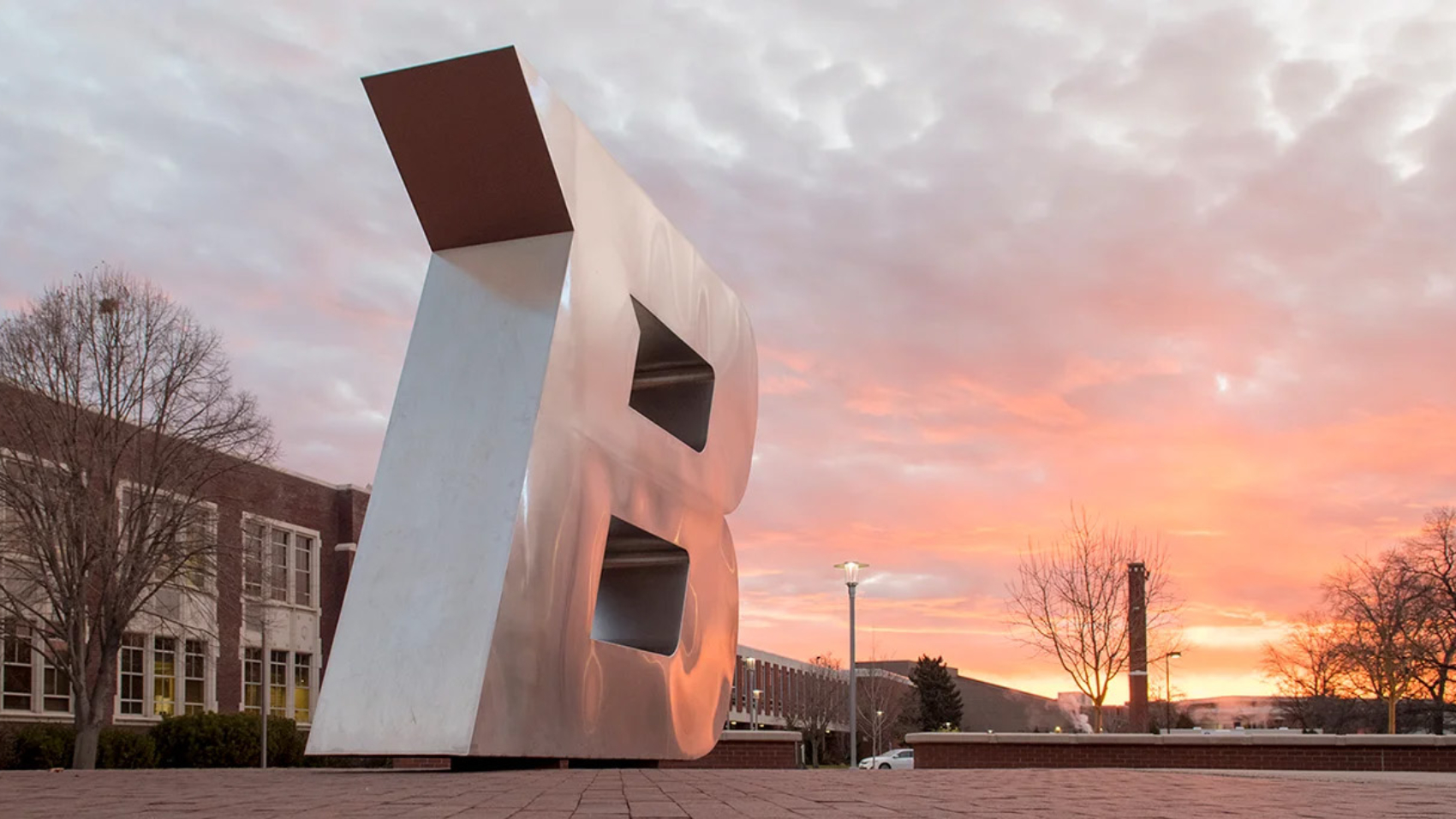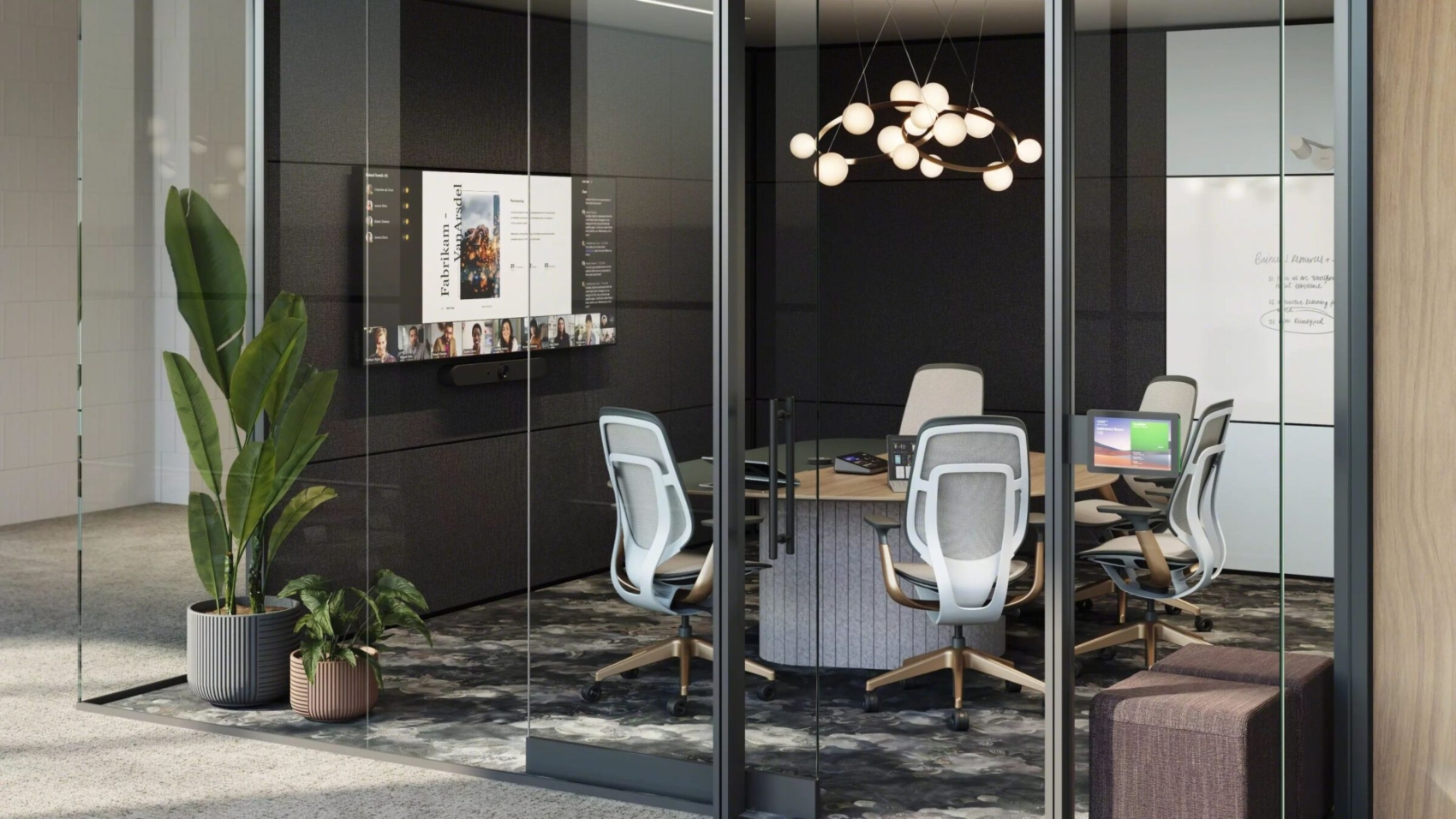Responsibilities of the BSU Capital Planning and Space Management Team
Boise State University is continually expanding, and with that comes a plethora of logistics to manage. One key partner in campus construction, maintenance, and financing is the Capital Planning and Space Management Team (CPSM). This team supports university leadership in providing an environment for better learning. CPSM does this through capital planning efforts and budgeting processes to ensure multi-year plans and individual projects are aligning with the university’s strategic vision. To tell us more about the recent and future projects at Boise State, we met with Space Planner and Interior Designer, April Lanningham, and Relocations & Projects Coordinator, Lee Keily.
April and Lee are the members of the CPSM team who are directly responsible for designing spaces and getting people into those spaces. While April works on everything from high-level strategic plans to selecting finishes and furniture for new and renovated buildings, Lee is responsible for moving people, furniture, and equipment into those buildings. Their roles complement each other, and they work together closely to support the management of 5.9 million gross square feet of university space.
As April says, “We have an outstanding, collaborative team of people working across campus. We accomplish complex renovations of old buildings that seem beyond help when the project starts. However, between our facilities folks, architectural and engineering department, and clients, it all comes together, which is very rewarding.”

Space Designer/Interior Designer
Renovating The Liberal Arts Building
While the CPSM team looks five to ten years down the road, April and Lee focus on projects happening within shorter timeframes to ensure providing an environment for better learning. They are the boots on the ground turning a multi-year plan into physical spaces. One such space coming online after four years of planning is the Liberal Arts Building. Once the art department vacated the space that they had occupied for 30 years it fell to CPSM to work with campus leaders to prioritize new occupancy. The primary occupants of the renovated space will be the English department and the MakerSpace that will relocate out of the Library. In addition a handful of new classrooms will come online. Construction is starting this summer with a goal open date of fall 2024.
A New Residence Hall For BSU
Another upcoming project is a 450-bed residence hall for first-year students. The building will stand along the river near the library. Boise State has long been considered a commuter college. However, there has been an influx of out of state students attending the university. Combined with a general rise in the student population, Boise State needs more on-campus housing. With so many of the homes surrounding campus already holding students, creating affordable on-campus housing for students is more important than ever.
BSU’s COVID Response At A Capital Planning Level
While April and Lee have had many projects to be proud of in recent years, their response to COVID stands out for them. Lee shares, “I think all of us should be very proud of our response to COVID and the university planning part of that. We put blood, sweat, and tears into planning how students could return to in-person learning. Many universities took heat for going completely online, but we had thirty-three percent of our faculty and students on campus. We spent a summer here nearly all alone putting the campus together for students to return in person. By doing so, we were a good role model for other universities who didn’t know what to do. We put our heads together as a team and decided what to do even when there wasn’t a budget.”

Relocations & Project Organizer
BSU Embraces Hybrid Work
On the heels of COVID, the CPSM team is embracing the “new normal” of hybrid work on campus. With flexible work policies determined by each division leader some space has opened up because of new remote positions. April and Lee’s job is to put that open space to work. To accommodate in-person and hybrid work, they are trying to make the work environment more collaborative. They are able to do this because of technology, privacy pods, and adding transparency with modular walls. Many staff members have given up their private offices and embraced hybrid work. They will heavily utilize the new technologies and amenities the CPSM team introduces.
Providing An Environment For Students
When asked about their favorite part of working with the university, April and Lee agree that it is the people. Lee shares, “The staff are all focused on the same thing and are here for the right reasons. Kids who come through school are getting a great education. They are lively, young, enthusiastic, and want to get an education. They don’t often realize that we are working for them, but we are here to support their education and provide value to those paying for their education. It could be easy to lose sight of that in our field because we are a step removed, but we support them. We never lose sight of that as a team.” Through their ongoing efforts in providing an environment for better learning, the team prioritizes students needs and wants, as well as what is logistically best for the community.
Receive our Newsletter
To receive our newsletter, including new editions of spaces and other digital content, fill out the form:










